Flourish Legend is a leading company specializing in custom CNC machining and manufacturing electronic components . We offer a wide range of customized services, covering critical components and accessories for electronic devices, including high-precision circuit boards, customized connectors, and precision metal parts. With advanced processing technology and extensive experience, we cater to diverse customer needs, enabling them to achieve more efficient and reliable products. Our professional team is dedicated to collaborating and providing top-quality customized solutions to partners in the electronics industry, working together to create a brighter future.

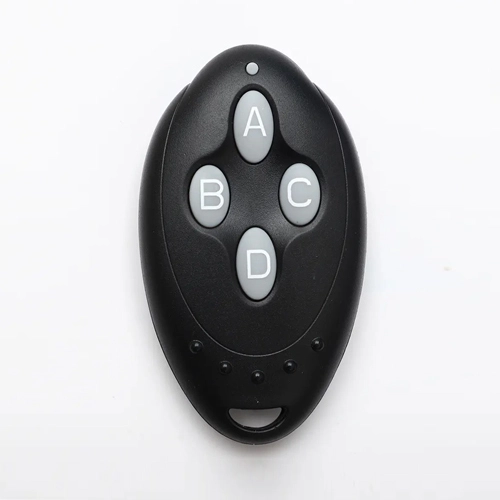
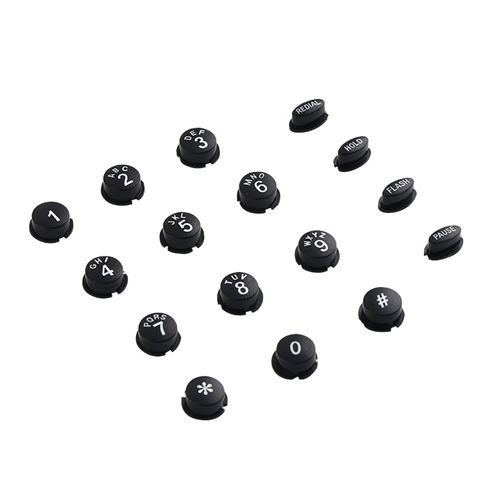
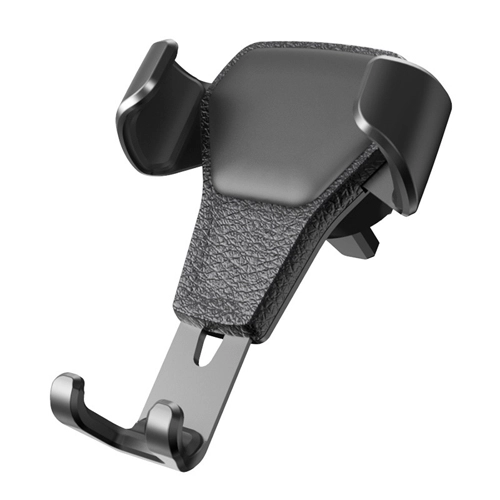
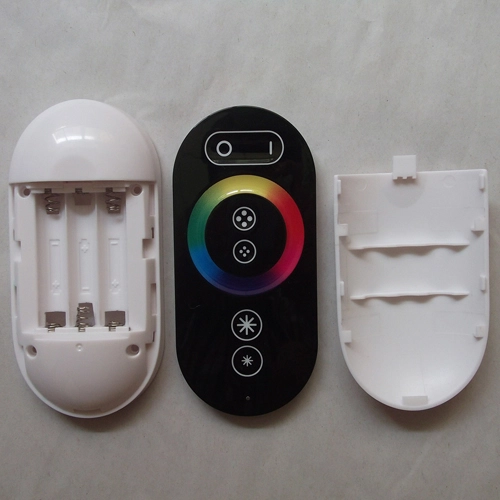
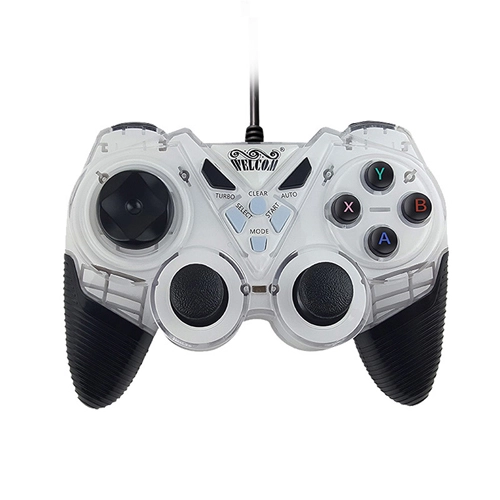
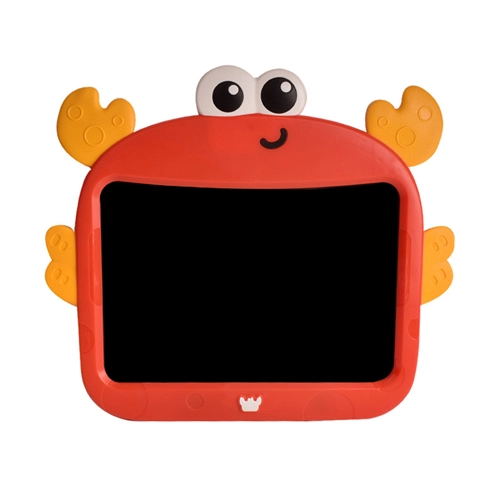
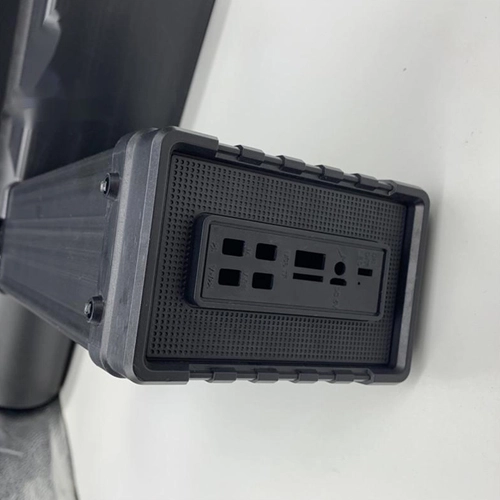
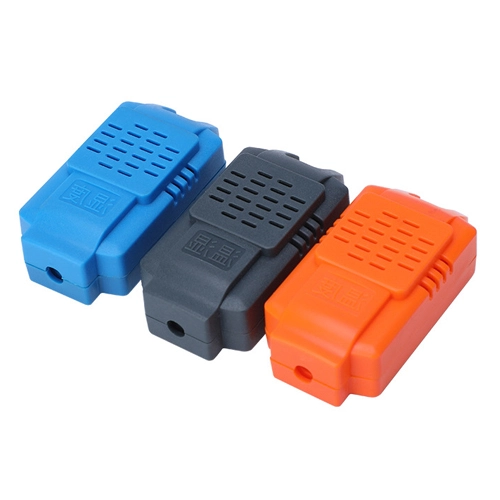
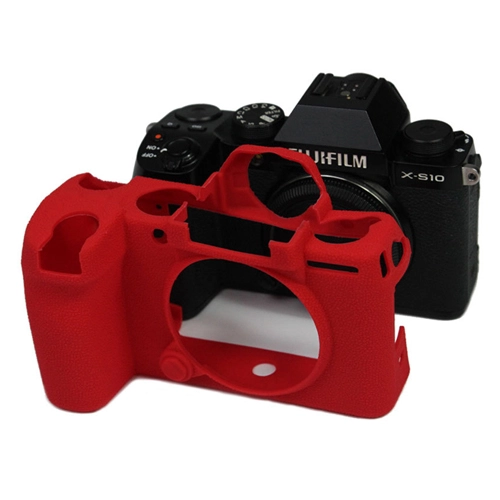
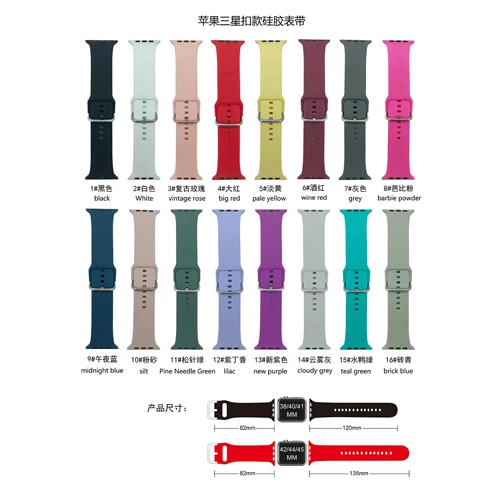
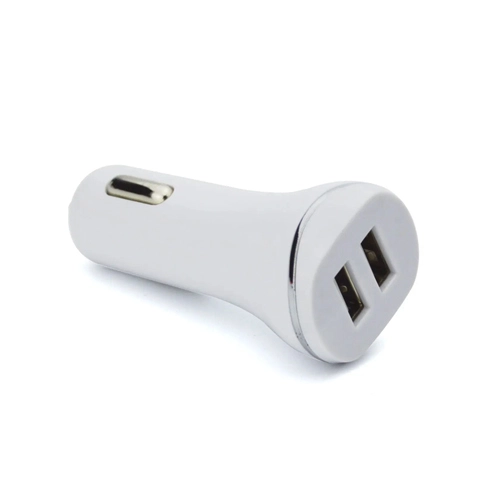
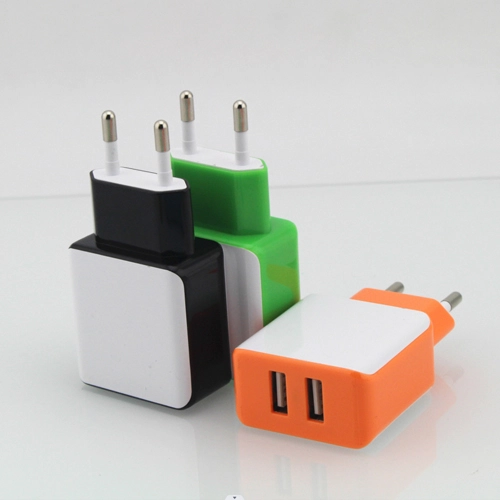
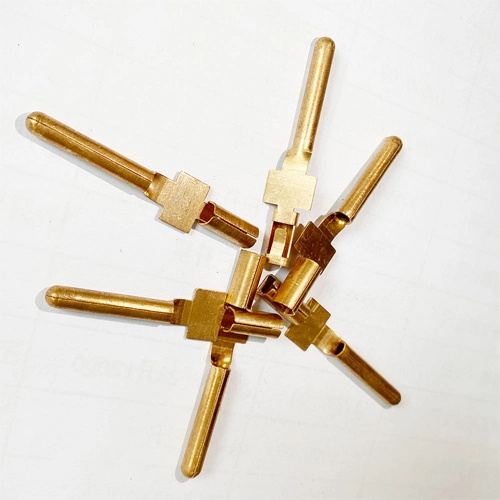
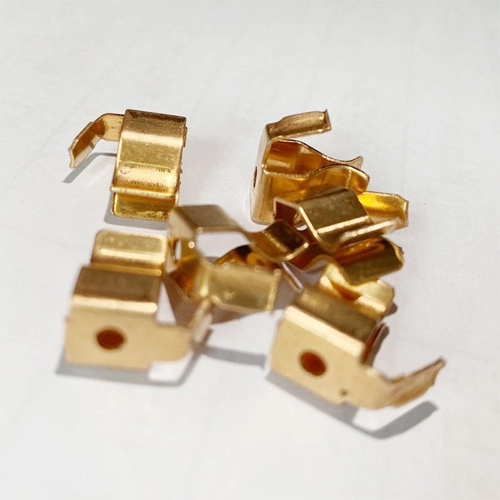
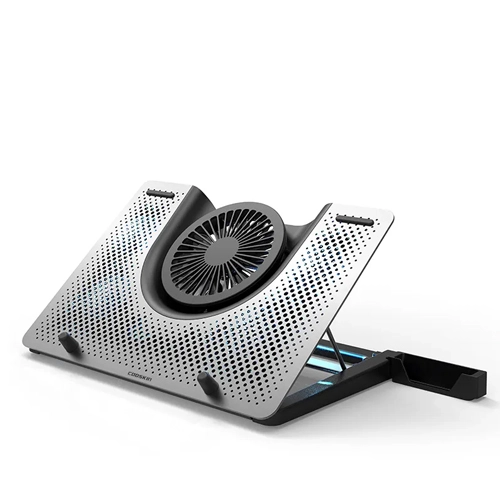
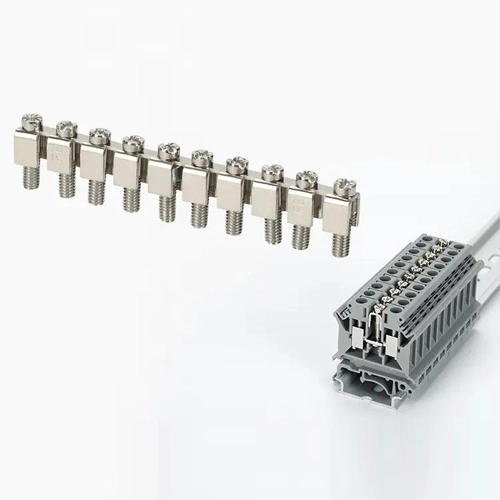
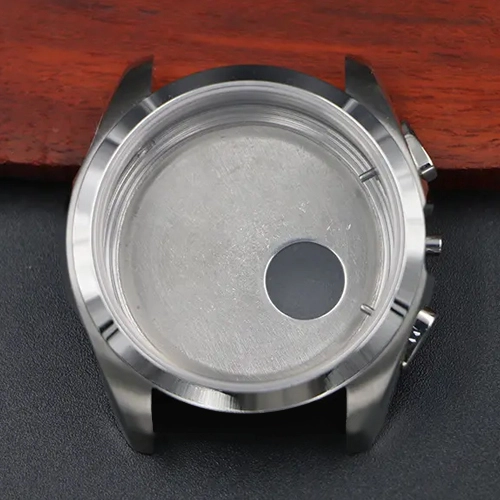
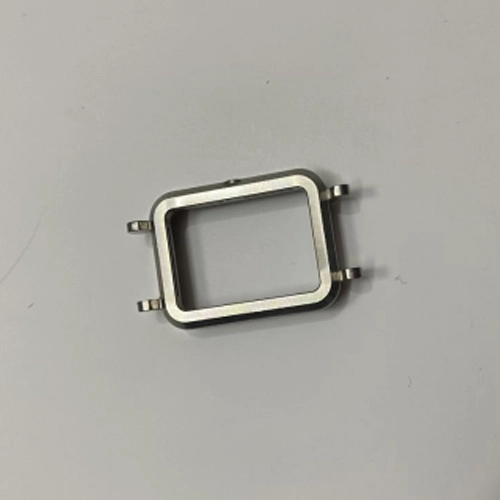
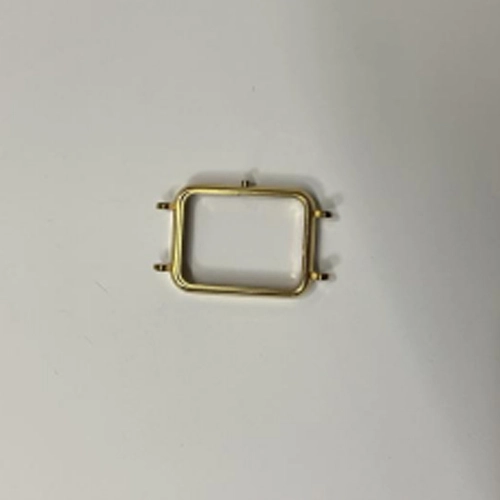
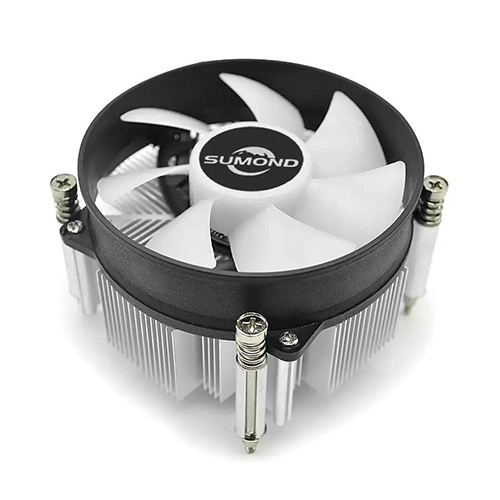
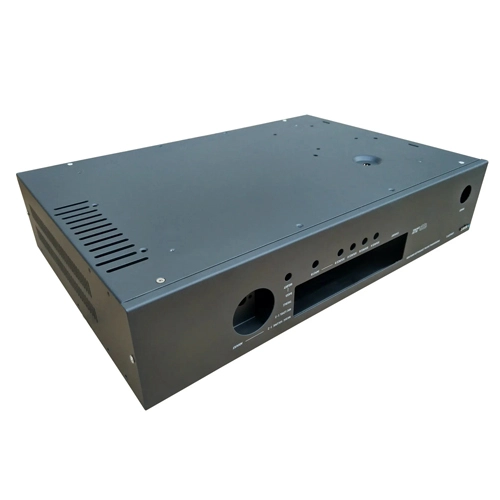
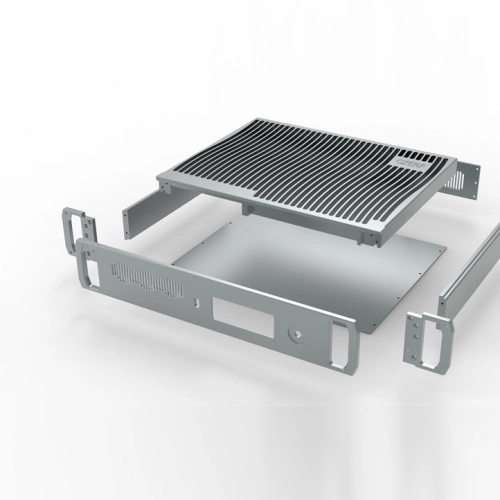
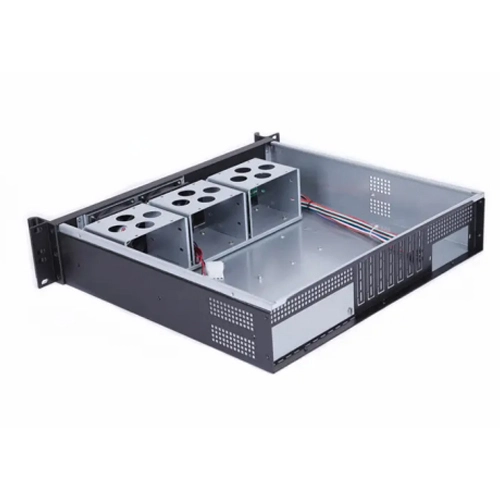
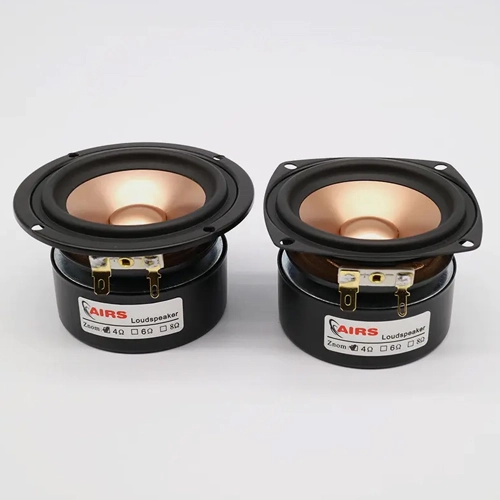
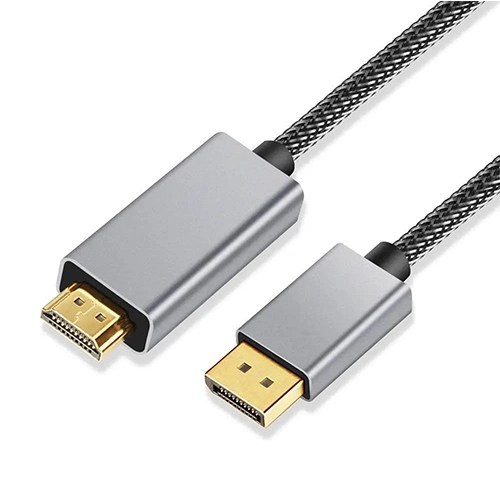
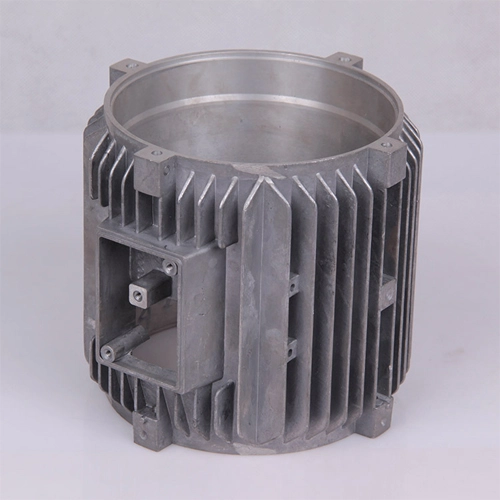
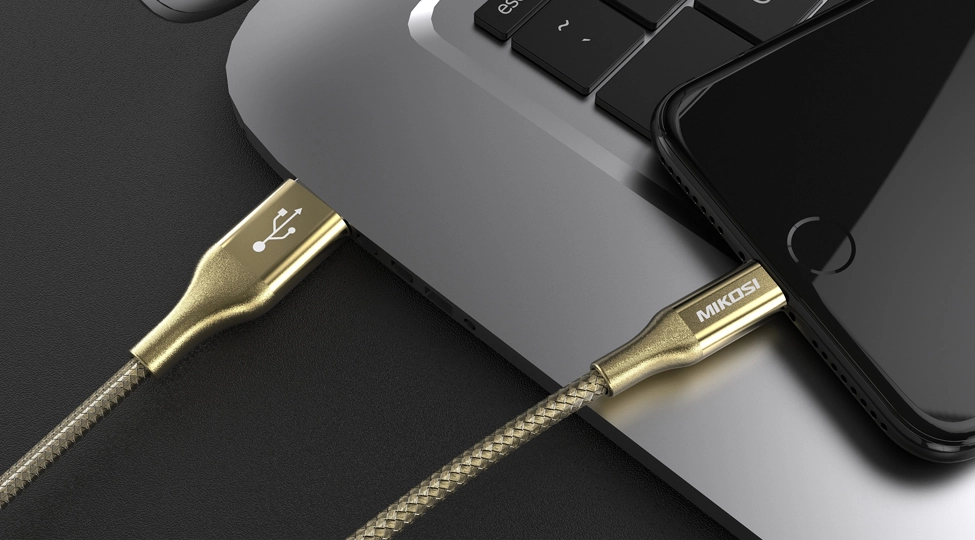
The custom electronic component manufacturing industry uses a wide variety of materials to meet the performance requirements of different products. Common materials include:
1. Metals: Aluminum alloy, stainless steel, copper, and steel are used for structural components and conductive parts.
2. Plastics: machining ABS, machining polycarbonate PC, machining PVC, PE, etc., with characteristics such as lightweight, insulation, and corrosion resistance, are widely used for casings and insulation components.
3. Glass: Toughened glass, quartz glass, used for display screens and sensor cover plates.
4. Silicone: Silicone seals with excellent high-temperature resistance and sealing performance.
5. Electronic components: Transistors, capacitors, resistors, etc., used for circuit assembly.
Flexible material selection ensures that custom-made components meet the functionality, performance, and quality requirements of electronic products.

When CNC machining electronic product components, the following aspects should be considered to ensure high-quality production:
1. Material selection: Choose appropriate materials that meet product requirements, such as conductivity and insulation.
2. Design optimization: Optimize design files to ensure precise dimensions and suitability for the machining process.
3. Tooling and cutting parameters: Select suitable tools and reasonable cutting parameters for improved machining efficiency and surface quality.
4. Machining process: Plan customized CNC machining processes rationally to avoid multiple fixturing and reduce cumulative errors.
5. Quality inspection: Strictly inspect machining quality to ensure dimensions and appearance meet requirements, enhancing the reliability and stability of the components.
The choice of process for custom electronic product components depends on several factors, including materials, costs, production quantity, and product requirements. For electronic product components, the following processes are commonly applied:
1. Rapid prototyping: Suitable for rapidly validating design concepts and appearances, mainly used for sample verification and display, not ideal for large-scale production.
2. CNC machining: Suitable for rapid machining of high-precision small-batch components, ideal for sample production and product development phases with high precision requirements.
3. Injection molding: Suitable for large-scale production, providing high production efficiency and cost advantages, but requires mold making, more suitable for larger product quantities.
4. Mold manufacturing: Used for custom injection molding or other molding processes, providing high efficiency and consistency for large-scale production.
Considering all factors, CNC machining is often the preferred process for custom electronic product components, especially during sample production, small-batch manufacturing, and when high precision is required. Injection molding and mold manufacturing are more suitable for large-scale production to achieve better cost-effectiveness.
CNC machining offers several advantages in the electronics industry, including:
1. High precision: CNC machining enables highly accurate component manufacturing, ensuring precision and stability in electronic products, enhancing product quality.
2. Flexibility: CNC machining is suitable for various materials and complex shapes, meeting the diverse design needs of electronic products.
3. Rapid production: With high automation, CNC machining completes production tasks quickly, shortening production cycles and accelerating product time-to-market.
4. Cost-effectiveness: For small-batch or custom production, CNC machining reduces mold manufacturing costs, lowering overall production expenses.
5. Sustainability: CNC machining reduces manual operations, minimizing human errors and waste, promoting efficient resource utilization, aligning with sustainable development principles.
In summary, CNC machining plays a crucial role in the electronics industry, providing efficient, precise, and reliable solutions for high-quality, diverse, and efficient production of electronic components.
CNC machining has multiple applications in the electronics industry, covering key production processes and component manufacturing, including but not limited to the following aspects:
1. PCB manufacturing: CNC machining is used for producing printed circuit boards (PCBs) through precise cutting and drilling processes.
2. Electronic components: CNC machining is used to fabricate various electronic product components such as casings, heat sinks, connectors, ensuring accurate dimensions and stable quality.
3. Chassis and panels: CNC machining is utilized for customizing electronic product chassis and panels to meet design and appearance requirements.
4. Precision components: CNC machining can produce small and highly precise electronic components like microsensors, motor parts, etc.
5. Heat dissipation: CNC machining is employed in manufacturing heat sinks and radiators, ensuring the stability and reliability of electronic products during operation.
6. Part repair and maintenance: CNC machining can produce replacement components for electronic device maintenance and repair, extending equipment lifespans.
Overall, CNC machining plays a crucial role in the electronics industry, providing efficient, precise, and reliable solutions for the design, production, and maintenance of high-quality electronic components.

ISO International Quality Management System
Equipped with ISO 9001 certificate, we are able to support your OEM/ODM production.
Quality Control
We will check color, appearnce and tolerance by qulity control at every step during manufacturing process.
Low & High Volume Manufacturing
Besides high-volume production, we can also provide good solutions for your low-volume production (MOQ》1) with prototyping process.
Competitive Price
Our continuous investments in equipment and QC systems help us to get higher efficiency and quality which decrease reject ratio and increase market competitiveness in delivery qualified parts on time.
Reliability and Stability
Our 24 hours | 3 shifts production systems help your parts get into markets quickly and steadily.


